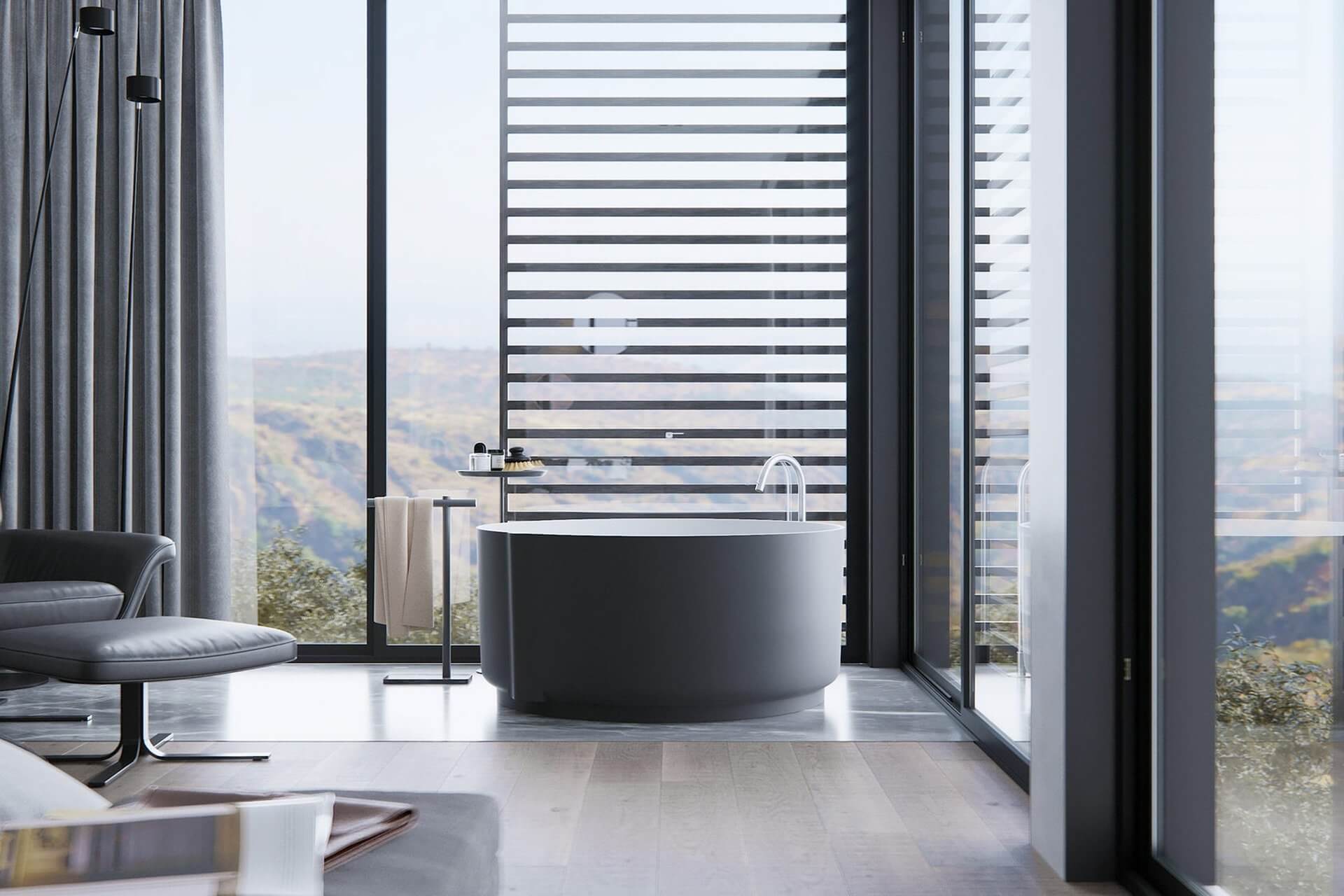As our home spaces evolved into home offices, classrooms and gyms, the value of our living spaces grew enormously. As a result, individuals want to modernise, change things up and create seclusion in several popular open floor plans. There is less space to play around when we renovate our room, like the classic bathroom renovation.
As we begin to return to some normalcy outside the home, the pandemic continues to have a significant impact on our lives and will most likely continue to do so for some time. The COVID-19 will continue to impact how we live in our homes and how they look, whether we like it or not, until at least next year.
So, why not make some changes at our home? If your thinking matches with ours, then follow these basic principles of modern interior design.
- BalanceThe first principle to be explored will be balance; it is one of the most important in interior design. Every designer, regardless of their area, recognises the importance of balance.Traditional interiors require symmetrical balance, in which the area is evenly divided into two sides that mirror one another. For instance, a pair of evenly balanced seats on either side of a coffee table. Because the design features are repeated on both sides, this kind of balance is simple to produce. If you're not careful, this type of balancing might become tedious and monotonous.The informal interior is all about lines, colours, forms and textures having balanced visual weights without precise replication. It is more intricate and intriguing than symmetrical balancing because it is not as ordered. A sofa, for example, can be balanced by placing two seats on the opposite side.Radial equilibrium is established when a central focus point has additional elements radiating from or around it. For example, a round dining table with chairs positioned around. There is a lot of form, texture and colour repetition.
- SpaceIt demonstrates what you have at your disposal. It establishes the boundary and also limits the options. Some areas can be altered. It's always possible to put a restriction on how much room you have. You can make one area or room narrower or smaller while making other areas or rooms larger.Enlarging spaces isn't always straightforward, but it is possible. When the ceilings are high, and the building structure allows for the inclusion of mini-balconies or loft-style flats, you can add floor spaces. Interior design will enable you to express yourself in three dimensions: length, width and height. You can either fill in some parts or leave one blank.
- RhythmRhythm in design is all about building patterns of repetition and contrast to create visual appeal, much like the music. This can be accomplished by employing the same colour or form at various intervals. Its goal is to draw your attention throughout the room.For instance, you can create a rhythm by employing a hue in the pillows, picking it up in a painting and mirroring it in a rug. These repetitions will assist you in moving your gaze throughout the room.
- HarmonyWhen things appear to belong together, they are said to be in harmony. It has nothing to do with similarity. Form, shape, texture and colour repetition are the most effective ways to achieve harmony in compositions.Everything seems to fit together flawlessly in a harmonious space. Everything appears to be in order. The finished result is pleasing, with everything in its proper place. Harmony is not something that everyone understands.
- AnchorAn environment in which everything is given equal weight will appear disorganised or dull. You'll require an anchor. Points of interest, such as a fireplace or a window with a lovely view, are common in architectural settings.You might choose to draw attention to the built-in focal point by placing furniture around it. You can create a point of interest in a room that doesn't have one by grouping furniture or employing a unique or colossal piece.
- ColourColour is a science in and of itself, and it is yet another crucial factor that interior designers master. It has the power to set the tone, define unity and change how big or tiny a place appears. The psychology of colour should not be overlooked, and any intelligent interior designer will take full advantage of it.Colour may elicit memories and elicit emotions, causing our bodies to react physically and psychologically. Greens and blues, for example, promote relaxation and are appropriate for bedrooms, while red stimulates appetite and is frequently used in kitchens.







Follow us